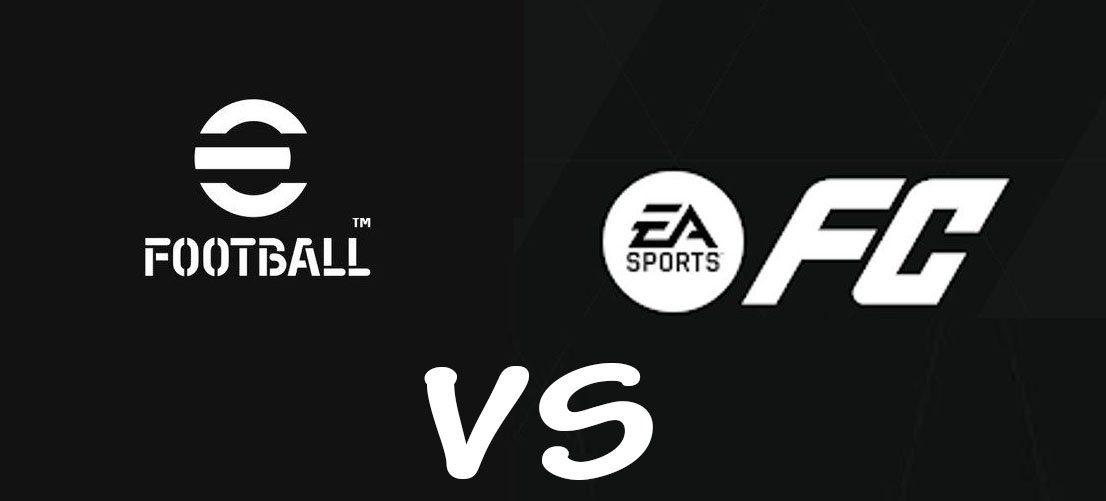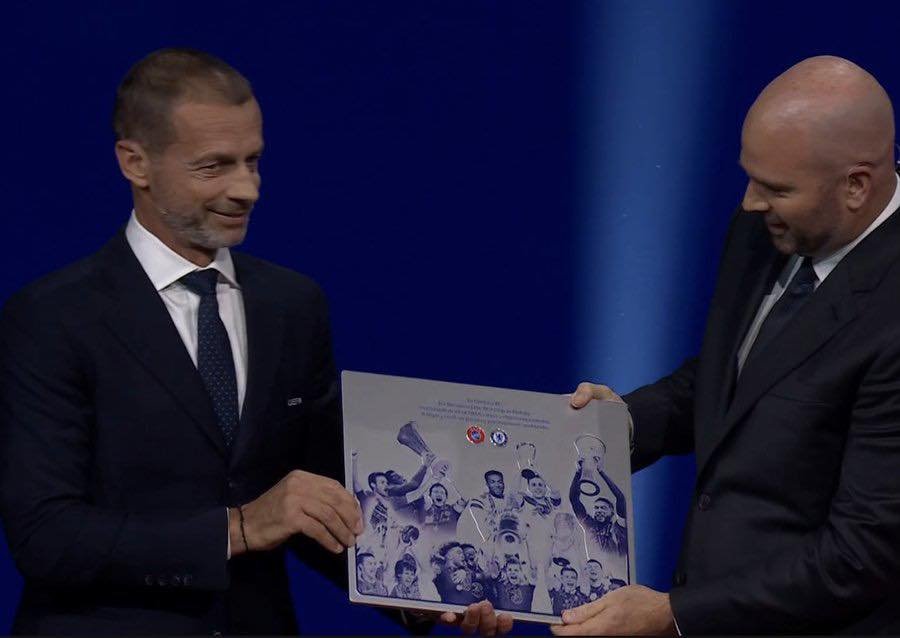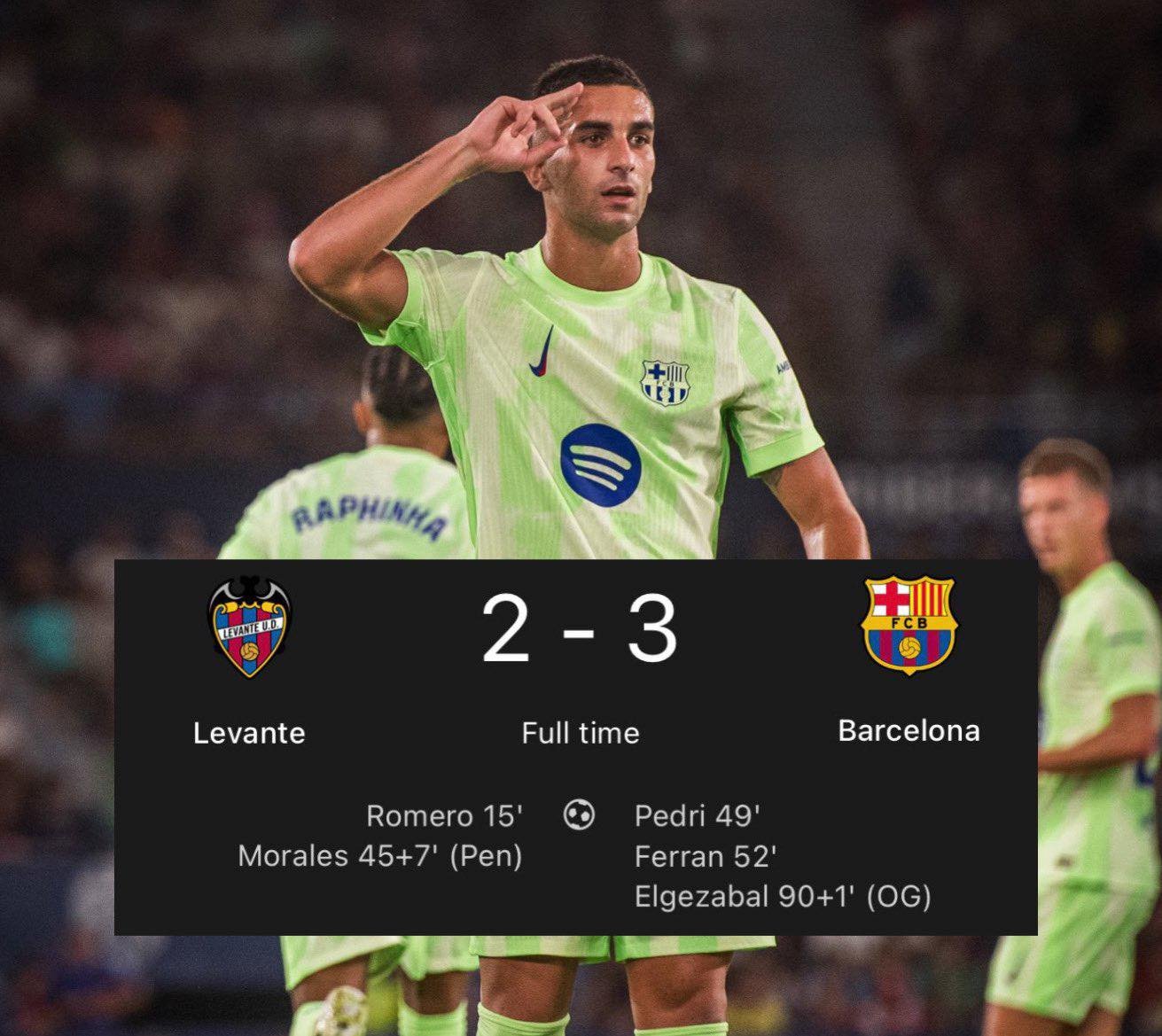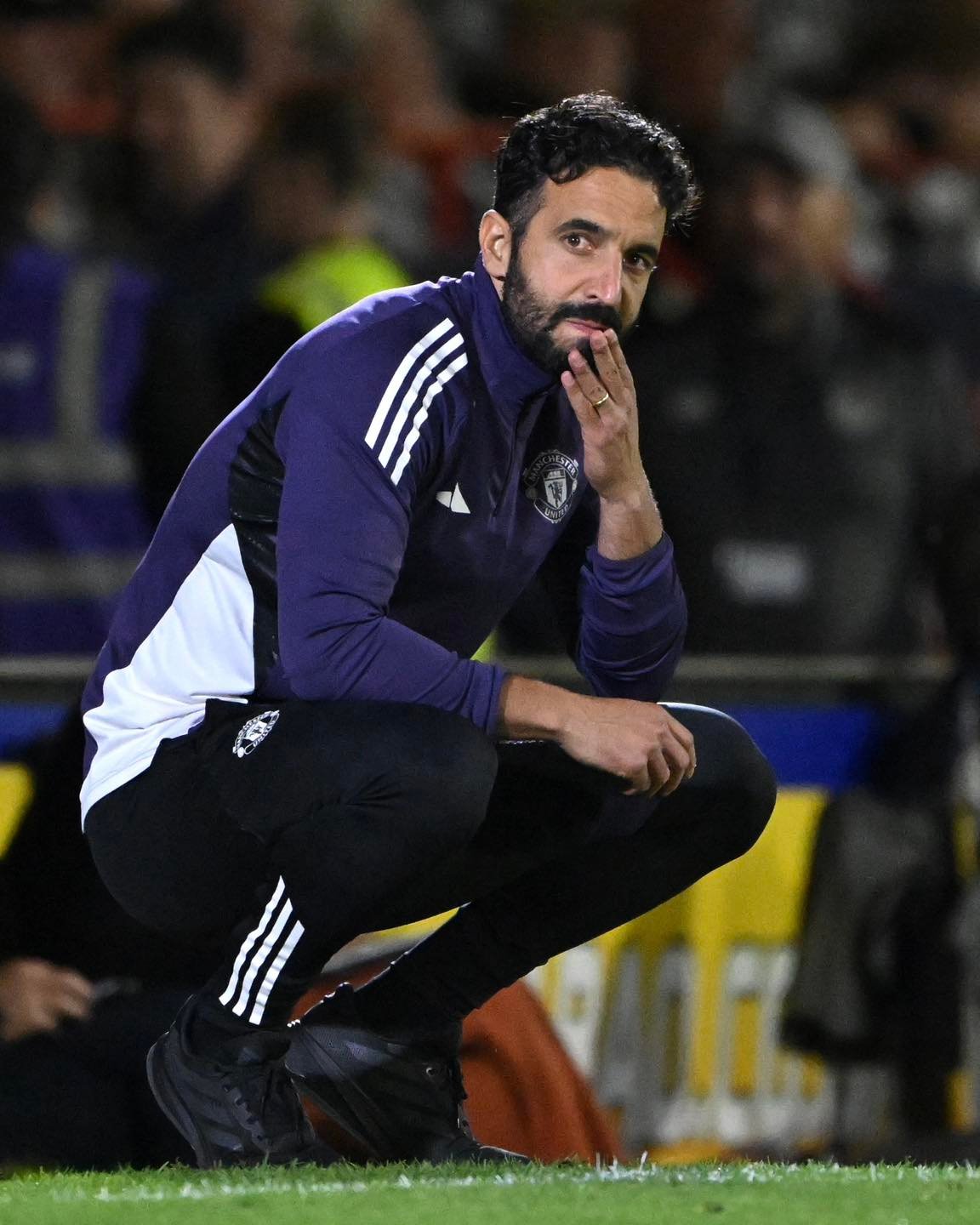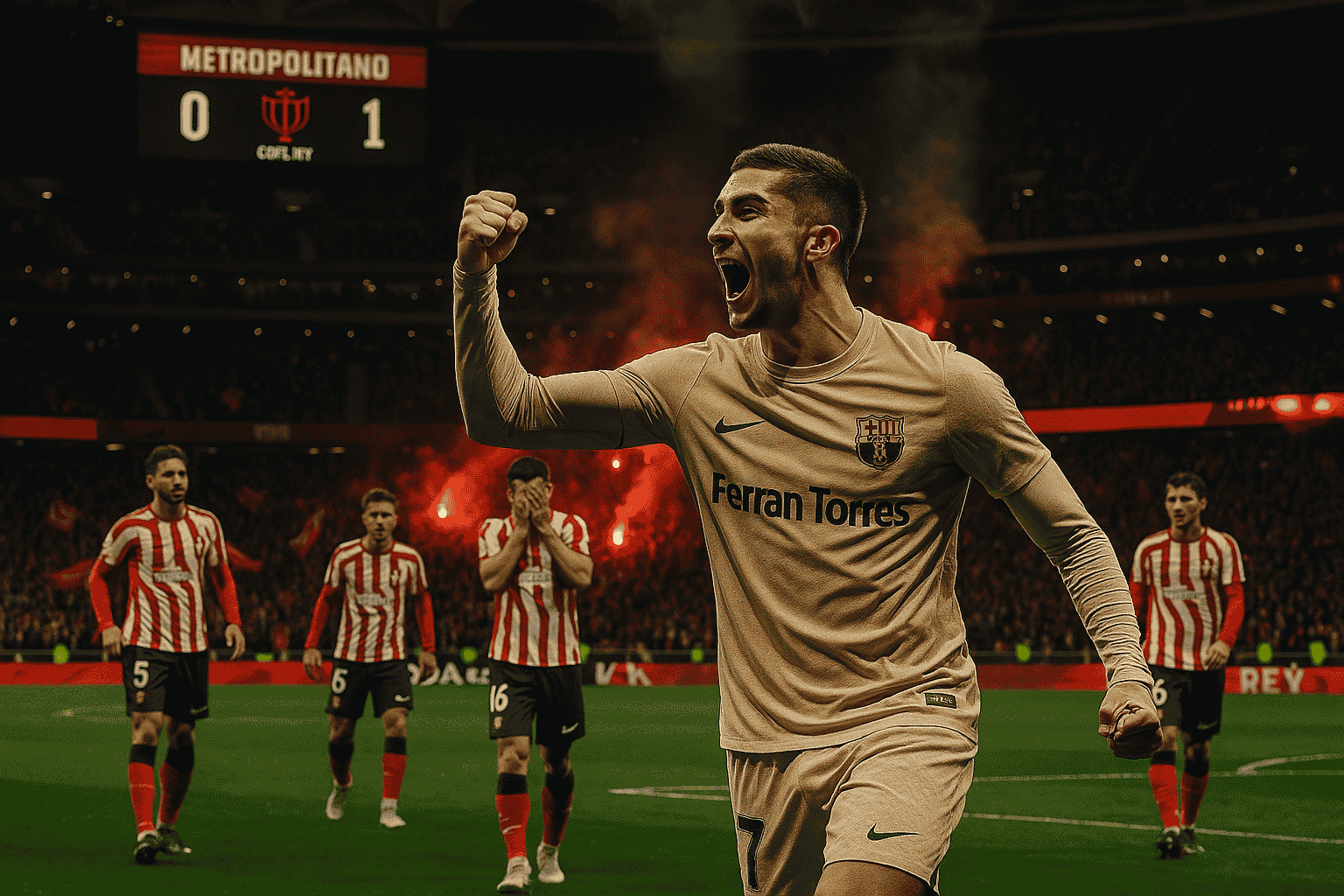The football gaming landscape has never been more polarized. On one side stands Konami’s eFootball, a free-to-play simulation that prioritizes authentic gameplay mechanics above all else. On the other, EA’s FC franchise continues to dominate the market with its comprehensive package of modes, licenses, and features. While eFootball undeniably delivers superior on-pitch action, particularly in defensive pressure and ball physics, it remains an incomplete gaming experience that struggles against EA FC’s pay-to-win Ultimate Team model and broader appeal.
The Gameplay Revolution: Where eFootball Truly Shines
Authentic Ball Physics and Movement
eFootball’s commitment to simulation-based gameplay creates an authentic football experience that many consider superior to EA FC’s more arcade-oriented approach. The game’s ball physics engine represents a significant advancement in football gaming, offering weight and momentum that feels genuinely realistic. Every touch, pass, and shot carries consequences that mirror real-world football dynamics.
The responsiveness improvements in eFootball compared to its predecessors are immediately noticeable once gameplay begins. Players move with purpose and weight, creating a tactical depth that rewards understanding of football fundamentals rather than exploiting game mechanics.
Realistic Pressure and Contain System
The most significant advantage eFootball holds over EA FC lies in its defensive systems, particularly pressure mechanics and containment strategies. While EA FC 24’s high press system has been criticized for making the game unfair to play, eFootball’s defensive positioning feels more authentic and strategic.
eFootball’s pressure system requires genuine tactical awareness. Players must time their challenges, maintain proper positioning, and work as a unit to regain possession. The game rewards patience and intelligent defending rather than relying on automated systems or overpowered pressing mechanics.
Instead of relying on canned animations or overpowered AI pressing, eFootball allows players to manually dictate the intensity and angle of pressure. The positioning of defenders, response to 1v1s, and overall defensive shape feel much closer to real-life football.
In EAFC, “press after possession loss” often turns into a zerg rush, with AI defenders lunging without intelligence or recovery shape.
In eFootball, press mechanics feel manual and earned. Users can cut off passing lanes, press in unison, or choose to sit back—all with fluidity.
Tactical Depth and Realism
eFootball 24’s simulation-oriented approach to replicating real-world football tactics contrasts sharply with FC’s more accessible arcade-style gameplay. This commitment to realism extends beyond mere aesthetics into core gameplay mechanics that require genuine football understanding.
The game’s tactical systems allow for nuanced approaches to both attacking and defending. Formation changes carry real weight, player instructions affect team behavior meaningfully, and strategic adjustments can genuinely influence match outcomes. This depth creates a more intellectually satisfying gaming experience for those seeking authentic football simulation.
The Incomplete Experience: eFootball’s Critical Shortcomings
Limited Content and Game Modes
Despite superior gameplay mechanics, eFootball modes fail to match its on-pitch excellence. The game suffers from a severe lack of content diversity that limits long-term engagement. While the core gameplay loop is exceptional, the surrounding infrastructure feels barebones compared to EA FC’s comprehensive offering.
Konami’s extremely slow rollout of new content has contributed to declining player engagement, as evidenced by dropping Twitch viewership numbers. The free-to-play model, while financially accessible, hasn’t translated into sustained player interest when content updates arrive sporadically.
Repetitive Nature and Long-term Engagement
The repetitive nature of eFootball poses challenges for players trying to maintain long-term engagement with the game. Gaming analysts have noted this issue directly: “the repetitive nature of eFootball poses a challenge for players trying to engage with the game,” according to Sportskeeda’s comparative analysis. Without diverse game modes, seasonal content, or compelling progression systems, even exceptional gameplay mechanics struggle to retain player interest over extended periods.
This engagement problem becomes particularly apparent when compared to EA FC’s content variety, leading many to conclude that “overall, FC Mobile 24 narrowly comes out on top” despite eFootball’s technical superiority.
EA FC’s Problematic Foundation: The Ultimate Team Dilemma
The Pay-to-Win Infrastructure
EA FC 24 Ultimate Team’s microtransactions via FC Points create legitimate pay-to-win concerns, giving players who spend money a significant edge in acquiring top-tier players. This system fundamentally compromises competitive integrity by allowing financial investment to directly influence on-pitch performance.
While players can technically enjoy FIFA Ultimate Team without spending money, the experience becomes significantly impacted without financial investment. This design philosophy prioritizes revenue generation over fair competition, creating an inherently unbalanced playing field.
Microtransaction Dependency
FIFA Ultimate Team microtransactions reportedly make up one-third of EA’s profits, demonstrating the company’s heavy reliance on this revenue model. This financial dependency creates perverse incentives that prioritize monetization over gameplay balance and fair competition.
Microtransactions in premium-priced games feel like corporate intrusion on the closed respite of the gaming world, positioning the game company against the player rather than as allies. This adversarial relationship undermines the fundamental gaming experience.
Long-term Gameplay Impact
The Ultimate Team model’s influence extends beyond immediate purchasing decisions. Game balance, pack odds, and progression systems are all designed to encourage spending rather than reward skillful play. This approach creates artificial scarcity and frustration that drives players toward monetary solutions.
EA’s historical tendency to monetize every opportunity, from charging for Ultimate Team access in FIFA 09 to expensive expansion packs, demonstrates a pattern of prioritizing revenue over player experience. This approach has only intensified with the introduction of more sophisticated microtransaction systems.
The Market Reality: Why EA FC Dominates Despite Issues
Comprehensive Package Appeal
Both games cater to different segments of the football gaming community, with eFootball focusing on free-to-play accessibility and solid gameplay mechanics while EA FC provides a complete entertainment package. The reality is that most consumers prioritize content variety and presentation over gameplay purity.
EA FC’s success stems from offering something for everyone: Ultimate Team for competitive players, Career Mode for simulation enthusiasts, Pro Clubs for team-based gameplay, and various other modes that extend the game’s lifespan. This comprehensive approach contrasts sharply with eFootball’s narrow focus on core gameplay mechanics.
Marketing and Visibility
The pricing difference between EA FC (around $69.99 each game) and eFootball (free-to-play) highlights different market strategies, but EA’s premium positioning actually works in its favor. The perception of quality associated with premium pricing, combined with extensive marketing campaigns, creates market momentum that eFootball struggles to match.
Licensing and Authenticity
EA FC’s extensive licensing agreements provide the authentic football experience that casual fans expect. Official team names, player likenesses, stadiums, and leagues create immediate recognition and connection. While eFootball’s gameplay may be superior, the lack of authentic presentation elements significantly limits its mainstream appeal.
The Technical Divide: Gameplay Mechanics Comparison
Ball Physics and Player Movement
eFootball’s technical superiority becomes most apparent in fundamental gameplay mechanics. The game’s ball physics engine produces more realistic movement patterns, while player animations and interactions feel more natural and weighted. These improvements create a more satisfying moment-to-moment gameplay experience.
EA FC’s improvements to shielding mechanics and AI-powered ball physics represent progress, but the underlying arcade-oriented design philosophy limits how realistic these systems can become.
Defensive Systems Analysis
The defensive mechanics comparison reveals eFootball’s greatest strength. The game’s pressure and containment systems require genuine tactical understanding and timing. Players must position themselves correctly, time challenges appropriately, and work collectively to regain possession.
EA FC’s defensive systems, including second-man press mechanics activated with R1/RB, tend toward automation rather than requiring manual skill and timing. This approach makes the game more accessible but reduces the tactical depth that defines quality football simulation.
Strategic Depth Comparison
eFootball’s tactical systems reward deeper football knowledge and strategic thinking. Formation changes, player instructions, and tactical adjustments carry meaningful consequences that affect match outcomes. This depth creates a more intellectually satisfying experience for serious football gaming enthusiasts.
The Future of Football Gaming
Market Trends and Player Preferences
Overall assessments suggest that FC Mobile narrowly comes out ahead despite eFootball’s gameplay advantages, highlighting the importance of complete gaming packages over isolated technical excellence. This trend indicates that players value content diversity and long-term engagement over pure gameplay quality.
The gaming market increasingly rewards comprehensive entertainment packages rather than focused experiences. While eFootball’s gameplay superiority is widely acknowledged among serious football gaming enthusiasts, the broader market continues to prioritize content variety, presentation quality, and social features.
Industry Impact and Implications
The eFootball vs EA FC competition highlights broader industry tensions between authentic simulation and accessible entertainment. eFootball’s focus on realistic gameplay mechanics appeals to purists, while EA FC’s comprehensive approach satisfies mainstream market demands.
These competing philosophies represent different visions for football gaming’s future. eFootball advocates for gameplay purity and free-to-play accessibility, while EA FC emphasizes content diversity and premium presentation values supported by microtransaction revenue.
eFootball vs EAFC: What the gamers are saying
1. Gameplay: eFootball’s Edge
Many players assert that eFootball’s gameplay feels more grounded and realistic than EAFC’s:
“The efootball gameplay is way better than that ice skating game; you don’t even need to play it to notice it…”
— Redditor samoefoot
And another user called out the glacial feel of EAFC:
“Players in FC move like they are on ice, the physics are just …”
— Redditor, r/eFootball
These sentiments highlight widespread frustration with EAFC’s player movement and physics, compared to eFootball’s leaner, more responsive controls.
2. From EAFC to eFootball: Why Players Made the Switch
Some users dove deeper into specifics:
“Better physics, better gameplay, better face scans … making a goal feels more rewarding.”
— Redditor Realnicepoop
Though not exclusively about eFootball vs EAFC, this underscores how feel, visual authenticity, and emotional satisfaction sway player loyalty.
3. Mixed Perspectives and Ongoing Frustrations
Not everyone sees eFootball as perfect:
“FIFA is overall a better game because it has more meaningful content but isn’t even trying to be a simulation anymore… whereas eFootball is trying to be a simulation, but the execution is so‑so bad that it’s a mess.”
— Redditor ben492
And another player pointed out the ongoing challenges:
“Gameplay in efootball is much much better than in EA FC.”
— Redditor Vegeta11111911
These comments capture the trade-offs: better mechanics and realism in eFootball, but limited modes and rough edges in execution.
4. Long-Term Outlook: Is eFootball Catching Up?
Looking ahead to future versions, opinions remain divided:
“Every year has always been about how the game feels when you play it—and that, for the past 30 years, has always been Konami’s upper hand. EA has never come close…”
— Redditor pjft
But others go further:
“It’s not even a competition.”
— Redditor pjft
“It’s a console game alright.”
— Redditor celestial_god
These capture the enduring perception: eFootball excels in feel but lags in content and polish that EAFC offers.
Conclusion & Final words: Excellence in Isolation vs. Complete Mediocrity
| Feature | eFootball | EAFC |
|---|---|---|
| Gameplay realism | ✅ Superior | ❌ Lacking depth |
| Visuals and presentation | ❌ Basic | ✅ Best-in-class |
| Microtransactions | ✅ Fairer | ❌ Pay-to-win heavy |
| Game modes & content | ❌ Limited | ✅ Extensive |
| Community reception | 😐 Mixed | 😐 Mixed |
eFootball represents a fascinating case study in gaming excellence trapped within an incomplete package. Its superior gameplay mechanics, particularly in defensive pressure and tactical depth, create the most authentic football simulation available. However, these technical achievements exist in isolation, unsupported by the content diversity, presentation quality, and long-term engagement systems that define successful modern gaming experiences.
EA FC’s dominance stems not from gameplay superiority but from understanding what the broader gaming market demands: comprehensive entertainment packages that provide multiple engagement avenues. While the Ultimate Team model’s pay-to-win mechanics create legitimate competitive concerns, the game’s overall offering satisfies diverse player preferences in ways that eFootball’s narrow focus cannot match.
The tragedy of eFootball lies not in its gameplay quality—which remains exceptional—but in its inability to build upon that foundation with compelling content and presentation. Until Konami addresses these broader shortcomings, eFootball will remain a niche experience for simulation purists rather than a genuine competitor to EA FC’s market dominance.
For serious football gaming enthusiasts willing to overlook presentation limitations and content scarcity, eFootball provides the most authentic digital football experience available. However, for the broader gaming audience seeking comprehensive entertainment value, EA FC’s complete package—despite its monetization issues—continues to deliver superior overall value.
The future of football gaming may ultimately depend on whether technical excellence or comprehensive entertainment value proves more sustainable in the long term. Currently, the market has spoken clearly in favor of EA FC’s approach, leaving eFootball to serve a dedicated but limited audience of gameplay purists.
#efootball #eafc #eFootball2025 #EAFC26 #FUT #UltimateTeam #Konami #EASportsFC #FootballGaming #PayToWin #GamingNews #SoccerSimulation #RealismInGaming #GameplayMatters




